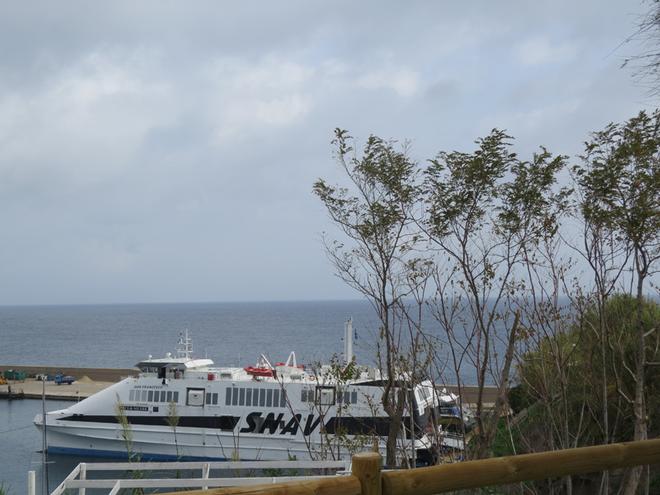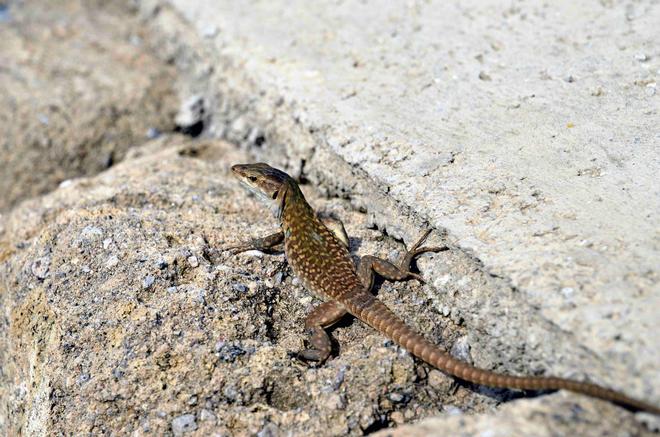Life Ponderat
FAQ - Frequently asked questions
- Home
- FAQ

Why we do not act against the ailanthus, which is an invasive species too?
The ailanthus is a tree of Asian origin, with a high invasive potential. It is present on the islands of Ponza and Ventotene, included in the special protection areas Islands (SPA), but in a Site of Community Importance (SCI). Indeed, the SPAs are established for the protection of the bird species listed in the annexes of the Birds Directive. The removal of ailanthus can not be financed by the instrument used for PonDerat, because it does not directly threatening bird species.

Does the project involve actions against cockroaches?
Although they are alien species too, cockroaches do not directly threaten the species and the habitats on the islands, being present only in urban areas of Ventotene and Ponza. For this reason, Life PonDerat does not involve actions agaist them, which in any case would not be justifiable in a perspective of conservation of species and habitats protected by the European Union. The project staff, however, is available to consider any operational proposals of the municipalities to address a problem directly related to public health.

What are the risks for non-target species during rat eradication?
The use of rodenticides to eradicate rodents from islands raises the issue of the risks for non-target animals. The risks exist on the occasion of any intervention, including routine rodent contro performed every day in the islands. However, in the case of rat eradication, the risks are rather modest for some species, negligible for others.
Baits will be place inside bait stations, not accessible to cats, dogs, or birds. Therefore, the only risks may be due to secondary poisoning, involving predators eating poisoned rats. In this regard, the main risks are for nocturnal raptors, which, however, can not survive on islands without their main prey, i.e. rats. In other rat eradications on Italian islands no impact has been reported either on diurnal raptors or on reptiles.
Lizards and geckoes are not likely to eat bait.
With regard pets, to avoid any accident (which never occurred on the other Italian islands where rats have been eradicated), instructions will be given on how to behave on the occasion of bait distribution.

Will the placement of the fence in Zannone cause problems to other animal species?
The type of fence used will only limit the movements of large mammals such as mouflons, not affecting the other species present in Zannone. In addition, the fence will be built outside of the bird breeding season, thus avoiding a disturbance to nesting species.

Once they have been eradicated, is it likely that rats may re-invade islands?
The protection against rat re-invasion will be ensured by a biosecurity system. It will imply the placement, in the harbours and landing places of the islands, bait stations containing rodenticides, in order to prevent the embarkation and disembarkation of rats.